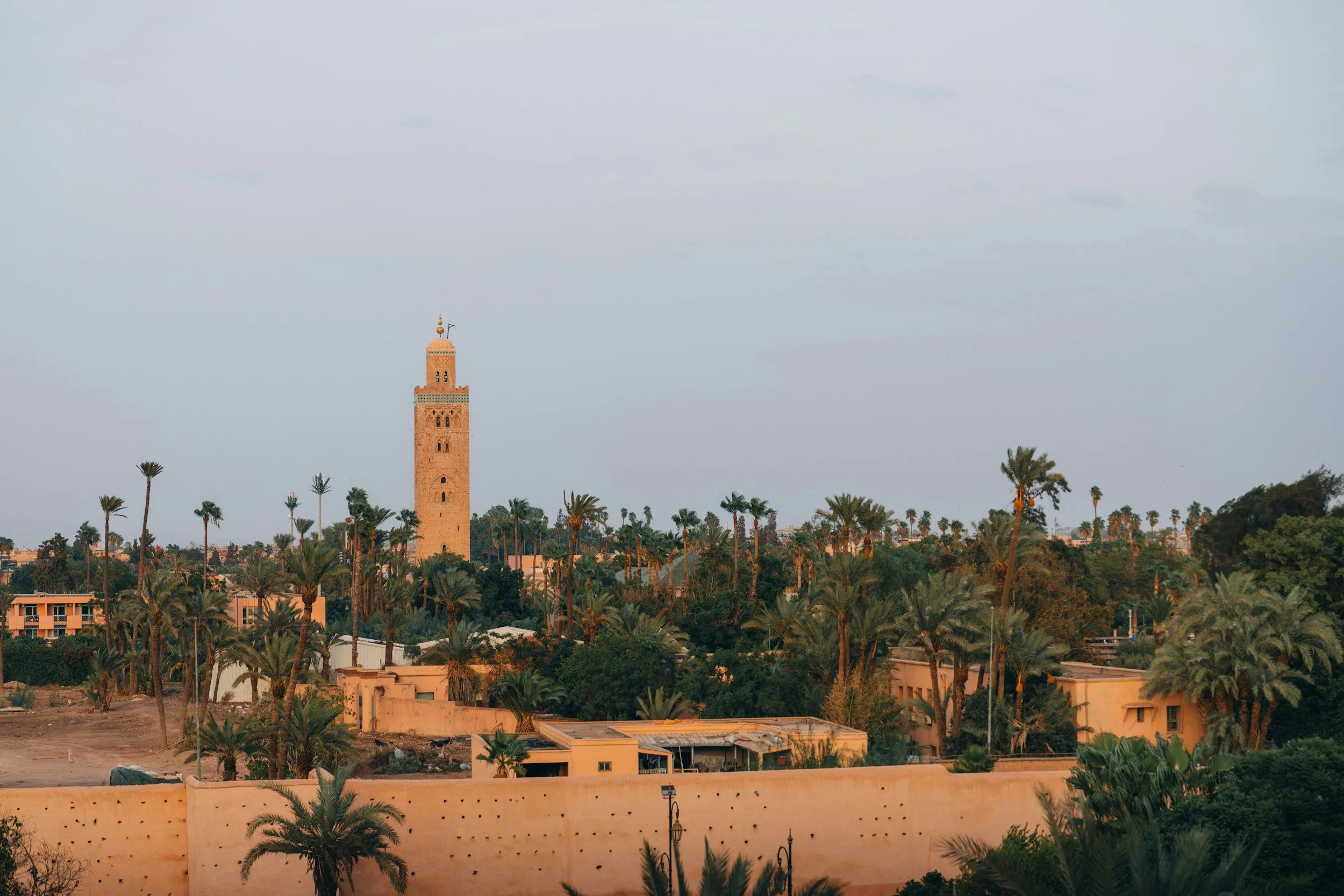Morocco’s Green Hydrogen Ambitions: Redefining North Africa’s Energy Future
By Stephen Nkrumah | 19 November 2025
Summary
Morocco is pursuing an ambitious green hydrogen strategy, based on its strong solar and wind resources, its proximity to Europe, and its active collaboration with European Union (EU) stakeholders.
The strategy has the potential to reshape regional energy trade, industrial policy, and infrastructure, but its success depends on expanding investment, setting clear regulations, and securing reliable offtake agreements.
Over the next two years, Morocco is likely to secure early-stage export and domestic-use pilot projects, with large-scale exports expected from the late 2020s, provided that financing and infrastructure upgrades are advanced.
Context
Morocco is quickly emerging as North Africa’s leading hub for green hydrogen, leveraging its strong solar and wind resources, expanding renewable energy base, and proximity to major European markets. Green hydrogen produced through electrolysis using renewable energy is aimed at powering sectors that are difficult to decarbonise, such as fertiliser production, steelmaking, shipping, and heavy transport. With the European Green Deal and the EU’s goal of achieving carbon neutrality by 2050, demand for green hydrogen and its derivatives is expected to rise sharply, positioning North Africa as a key region for efficient supply and transport.
The government’s policy framework includes the National Hydrogen Commission and a Green Hydrogen Roadmap, which projects that Morocco could meet about 4% of global green hydrogen demand by 2030. The roadmap focuses on exports, domestic industrial use, and local value chains. Morocco has signed cooperation agreements with European partners, including Germany, and works with the H2 Global mechanism. Pilot projects are underway in the Guelmim-Oued Noun region, known for strong wind and solar potential.
Implications
Politically, the drive for green hydrogen supports Morocco’s goals for energy security and climate action while also strengthening its diplomatic relationship with the EU. In October 2022, the EU and Morocco launched the Green Partnership on energy, climate and environment, the first initiative of its kind under the external arm of the European Green Deal. Although Morocco’s policy environment is relatively stable, the long-term success of the green hydrogen sector will depend on how quickly clear regulations are implemented. It is likely that regulations such as standards for hydrogen production, rules for land and water use, and streamlined permitting processes will be implemented, as these priorities are already emphasised in Morocco’s National Energy Strategy and Hydrogen Roadmap.
Operationally, producing hydrogen on a large scale needs well-connected infrastructure. This includes renewable power sources, electrolysers, water supply and desalination systems, power transmission lines, pipelines or ammonia conversion facilities, storage units, and improved port facilities. The International Energy Agency (IEA) notes that Morocco’s plan to expand renewable energy is key to its hydrogen goals, with a target of getting 52% of its power from renewables by 2030. It is almost certain that effective coordination between government agencies and clear, consistent tendering processes, overseen by the Moroccan Agency for Sustainable Energy (Masen), will be necessary to make this possible.
Project sites in Morocco’s coastal and southern regions will require standard industrial security and strong community engagement. Internal security risks remain low, but the growing digitalisation of the energy sector brings new vulnerabilities. Maritime logistics and the cyber resilience of energy infrastructure will matter more as hydrogen export routes and digital control systems expand. The IEA notes that energy system resilience is a rising global concern.
Economically, green hydrogen requires very large investments. The success of projects will depend on concessional finance, blended funding structures, and long-term offtake agreements, possibly backed by EU initiatives such as H2 Global. Building strong domestic value chains, especially in equipment, construction, and services, can help create jobs and build local skills. However, challenges such as currency fluctuations and rising global equipment costs remain risks. The IEA’s Africa Energy Outlook emphasises that hydrogen investment in Africa requires stable financing and clear industrial policies to be successful.
Peter Thomas/Unsplash
Forecast
Short-term (Now - 3 months)
It is likely that Morocco will announce new project updates and sign more MoUs covering feasibility studies, land allocation, and grid or port development. The country is also likely to establish standards and permitting frameworks to guide these projects.
Medium-term (3-12 months)
It is likely that a few pilot or first-phase projects will reach financial closure, focusing on exports through green ammonia and meeting local demand for fertilisers and industrial uses. Masen is also expected to expand its tenders and training programmes to support this growth.
Long-term (>1 year)
It is likely that large-scale projects in high-resource areas, including integrated desalination and export terminals, will start soon. These will enable the first export shipments to the EU and gradually increase domestic use in fertiliser production and the steel industry. The results will depend on global electrolyser prices, EU demand incentives, and the speed at which Morocco develops its supporting infrastructure.



